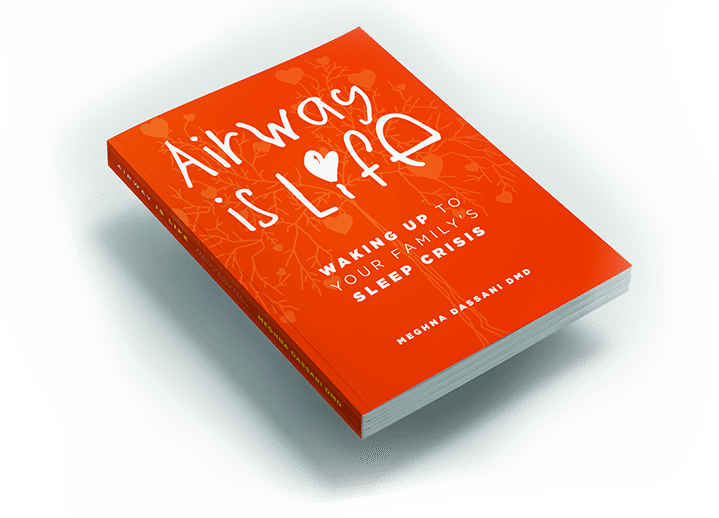Improve your child’s sleep by eliminating the 3 D’s
Getting a good night’s sleep is essential for children’s healthy growth and development. But this can be difficult when your child suffers from allergies or asthma. Common allergy or asthma triggers include the three Ds, which are…
- Dairy
- Dust
- Dander
When kids experience allergies due to dairy, dust, and dander, they can have trouble getting comfortable and falling asleep. Fortunately, parents can take steps to reduce these allergens around their children and improve their sleep quality.
Learn how eliminating the three Ds – dairy, dust, and dander – can help your child get the restful sleep they need.
Eliminating dairy
Dairy is a common allergen that can cause digestive discomfort, skin issues, or respiratory problems for kids who are allergic or sensitive to it. After consuming dairy products, if your child exhibits any signs of an allergic reaction or intolerance, such as hives, eczema, wheezing, or digestive issues, you should talk to a healthcare professional for appropriate evaluation and guidance.
Eliminating dairy from children’s diets to improve their sleep is a decision that parents should approach with caution. While some children may experience improved sleep after reducing or eliminating dairy, parents need to ensure their children’s nutritional needs are adequately met.
Dairy products are a significant source of calcium, protein, and other essential nutrients, which are important for a child’s growth and development. So if you’re considering eliminating dairy from your child’s diet, you should find alternative sources of these nutrients.
Every child is unique. And their response to dietary changes can vary. While some children may experience improved sleep after eliminating dairy, others may not see any noticeable difference. Parents should monitor their children’s sleep patterns and overall well-being during any dietary modifications. Then, they can make adjustments as necessary under the guidance of a healthcare or dietary professional.
Eliminating dust
Dust is another major trigger for allergies and asthma in kids. Dust mites thrive in warm, humid environments. So keep your child’s room clean, cool, and dry with frequent air changes throughout the day if possible. Also, develop a regular cleaning routine for your child’s bedroom, including dusting, vacuuming, and washing the bedding.
Dust surfaces of furniture, shelves, and window sills using a damp cloth or microfiber duster to capture dust particles instead of spreading them around. When vacuuming the mattress, floors, and any carpeting, use a vacuum cleaner equipped with a HEPA (high-efficiency particulate air) filter to trap dust. Try to vacuum at least once a week. And pay special attention to areas near the bed, under furniture, and in corners.
Aim to wash your child’s sheets, pillowcases, and blankets in hot water once a week. This helps remove dust mites and other allergens that may have accumulated. Consider using allergen-proof covers for your child’s pillow and mattress. These covers are designed to prevent dust mites from penetrating bedding. Also, minimize the number of stuffed animals your child has in their room. Or be sure to wash these toys regularly in hot water, as stuffed animals can harbor a significant amount of dust.
Additionally, while fresh air is beneficial, keeping windows closed during periods of high pollen or dust can reduce the number of allergens entering the room. You can also use an air purifier with a HEPA filter in your child’s bedroom. Air purifiers help capture dust particles and other airborne allergens to promote cleaner air for better sleep.
Lastly, if your home has a heating, ventilation, and air conditioning (HVAC) system, ensure that the filters are changed regularly. This helps maintain clean air circulation throughout your house, including your children’s bedrooms.
Eliminating dander
Dander consists of tiny flecks of skin shed by animals like cats, dogs, and other pets. Eliminating or reducing dander can improve your child’s sleep if they have allergies or sensitivities to it. Dander allergies can cause the following symptoms, all of which can disrupt a child’s sleep:
- Sneezing
- Congestion
- Itchy eyes
- Respiratory issues
To reduce dander and improve your child’s sleep environment, limit your pets’ access to your child’s bedroom or keep them out of it entirely. Designate pet-free zones in your house, especially in areas where your child spends a significant amount of time, including their bed and play areas.
Regularly cleaning your home can minimize dander accumulation. Vacuum carpets, rugs, and upholstery using a vacuum cleaner equipped with a HEPA filter designed to trap small particles. Wash your children’s bedding to remove dander and other allergens. And consider using a hypoallergenic mattress and pillow covers to provide extra barriers against dander.
If your child’s allergies to dander persist or significantly impact their sleep, talk to a healthcare professional who can…
- Determine the specific allergens affecting your child
- Recommend appropriate treatments or medications
- Provide additional guidance on how to manage allergies and improve your child’s sleep
By taking these steps to eliminate dairy, dust, and dander from your home, you can reduce your child’s allergic or asthmatic symptoms and improve their sleep. If you have any concerns about your child’s allergies, talk to their doctor for further advice.
Other common allergy triggers include the following:
- Mold and mildew
- Cigarette smoke
- Perfume
- Car exhaust
- Peanuts
- Eggs
- Tree and plant pollen
- Insect bites or stings
Dr. Meghna Dassani has practiced dentistry for over two decades and is passionate about the role dentists play in whole-body health. You can learn more at her website: MeghnaDassani.com.
Healthy Sleep Revolution Podcast
Snoring? Tired all day? Trouble focusing?
So many think these symptoms are common in kids and adults when tired. Join us as we debunk some of these common myths and put the spotlight on Sleep Apnea. Discover what constitutes healthy sleep and how we can help ourselves and our kids get the best sleep ever.


